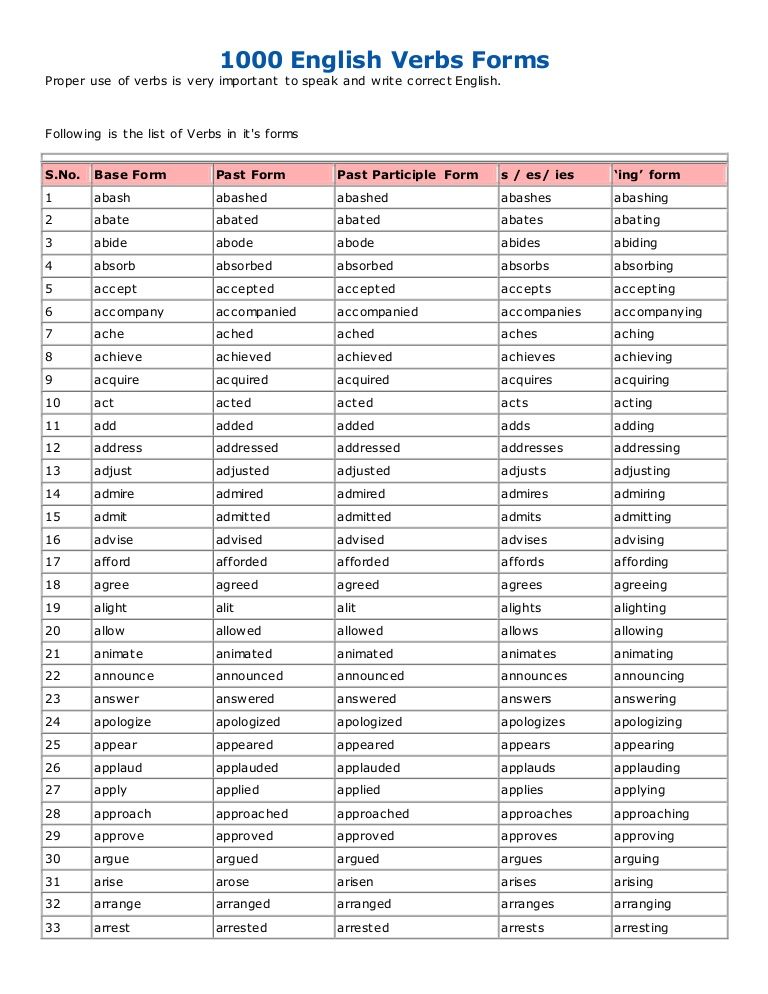

When you look for a verb in the dictionary, it is usually the plain form that you look for.Īn English sentence must have at least one primary-form verb. Also, the past of eat is ate,īut the past participle is eaten. For example, the plain present of be is usually are but the plain form is be. But these different forms can have different shapes in other verbs. The same is true for the pastĪnd the past participle. For example, the plain present and the plain form of walk have the same shape. You should notice that some of the verb forms look the same. Most English verbs have six inflected forms (see the table), but be has eight different forms. In English and many other languages, verbs change their form. They are: be, do, have, come, go, see, seem, give, take, keep, make, put, send, say, let, get. There are sixteen verbs used in Basic English.

This means the definition above only works well for English verbs. For example, in some other languages e.g., Chinese & Indonesian) verbs do not change for past and They also can have different properties in different languages.

In English, verbs are the only kind of word that changes to show past or present tense.Įvery language in the world has verbs, but they are not always used in the same ways. It is the main part of a sentence: every sentence has a verb. A verb is a kind of word (part of speech) that tells about an action or a state.


 0 kommentar(er)
0 kommentar(er)
